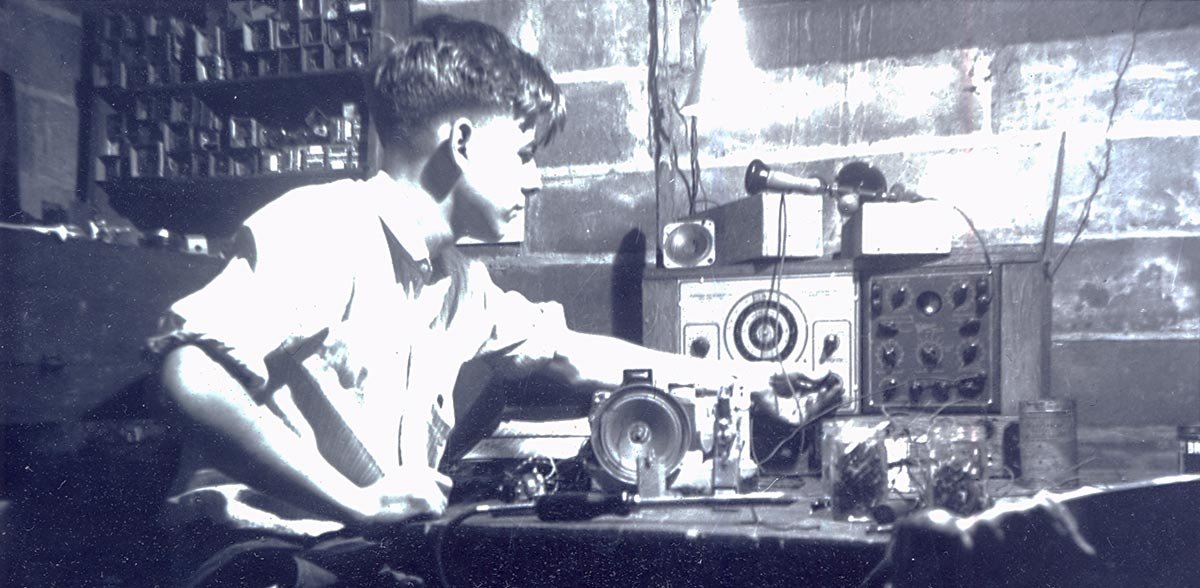
Frankenstein: Life Inspired Art Inspired Life
Frankenstein novel Frontispiece, 1831 - from The Bakken Museum artifact collection.
If there was a single, defining moment that might have predicted the career that Earl Bakken entered into, the moment may have occurred one Saturday afternoon in the early 1930s. Earl was eight or nine years old and a regular at the Saturday matinees at the Heights Theater on Central Avenue in Columbia Heights, MN, where he and his pals watched all the terrific movies and serials of the time.
His favorites were those incredible science-fiction films—called "horror shows"—in which electricity, usually applied by a "mad" scientist, rendered someone supernaturally strong, invisible, or changed in some other astonishing way.
Foremost among those films was Frankenstein, the unforgettable story of the learned doctor who, through the "magical" power of electricity, gives life to a collection of inanimate body parts. Misunderstood and tormented by "civilized" society, the doctor's spectacular creature turns into a "monster" who inspires terror across the countryside.
The film was (and continues to be — it's been made at least 30 different times) a gripping masterpiece that's excited the imagination of several generations of moviegoers. Yet what intrigued Earl the most, as he sat through the movie again and again, was not the monster's rampages, but the creative spark of Frankenstein's electricity. Through the power of his wildly flashing laboratory apparatus, the doctor restored life to the unliving.
At those Saturday movies of Earl's youth, he also saw in dramatic operation the shipboard radios, telegraphy, and other electrical technologies he had until then only read about in books and magazines. But it was the restorative energy of electricity that excited and, eventually, inspired him. Many years would pass before he became aware of the use of electricity, electrical devices, and even electrically charged sea creatures for medical purposes. And, the understanding of the relationship between electricity and human life dated back far beyond Mary Shelley's 19th-century tale of the doctor and his monster, at least to Roman physicians of antiquity. For the time being, however, Earl was simply awestruck by the fact that electricity, properly applied, could do a great deal more than light up a room or ring a doorbell. He realized that electricity defines life. When electricity flows, we're alive. When it doesn't, we're dead.
Several years later, when he was confirmed, his pastor, Dr. Christofer Hagen, took him aside for a one-on-one conversation. Like most of the people who knew him in the neighborhood, Pastor Hagen was well aware of his passion for science and technology. On that occasion, by way of preparing the young Earl for life as a confirmed member of the church, he explained that science is neither good nor bad in itself. What's important, he said, is how science is used. “He said it would be my responsibility, if I pursued a scientific career, to use it for the benefit of humankind and not for destructive purposes,” Earl later recalled.
As much as Earl had concentrated on scientific and technological matters, he hadn't thought about science in moral terms. But he was still only a kid in his early teens. The pastor's talk, while making him think, did not impress him as much as it would later. Then, like that Frankenstein movie of his childhood, his words would go a long way toward explaining the direction in which he would channel his efforts and what he would ultimately want to do with the rest of his life.
